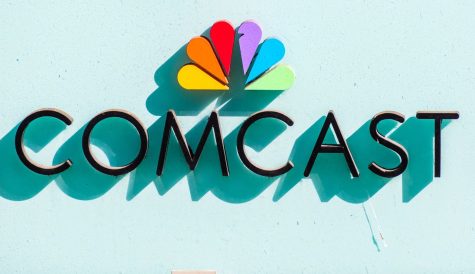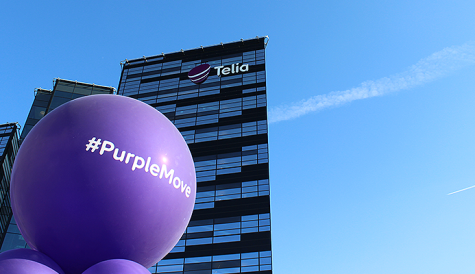TV operators look to ‘segment market’ but will retain STBs
 TV operators are unlikely to abandon the set-top box to reduce capex but may use HbbTV Operator App, for example, to deliver services via retail devices to cater to changing consumer demands, but without sacrificing the presence of their brand as the user’s primary gateway to TV services.
TV operators are unlikely to abandon the set-top box to reduce capex but may use HbbTV Operator App, for example, to deliver services via retail devices to cater to changing consumer demands, but without sacrificing the presence of their brand as the user’s primary gateway to TV services.
This was the broad conclusion of a panel on operator’s use of retail devices to reach subscribers and the future of the set-top box in their plans at the Connected TV World Summit in London today.
“I don’t think the set-top box will die,” said Alejandro Casal Gomez, IPTV innovation product owner and solution architect, KPN, speaking on the panel. He said the main drive is “addressing customer needs” and segmentation of the audience rather than a drive to reduce capex.
Casal said that users will always come back to the KPN interface on non-set-top box devices.
He said that use of the HbbTV Operator App would bring users back to KPN’s interface, even if users had the option to launch individual streaming service providers’ apps.
Casal said that KPN was “testing the water” by holding discussions with a CE manufacturer. “There are parts you can control but there are parts such as firmware updates where you have to look at the whole lifecycle,” he said.
“We are now in the process of having these discussions and looking into these topics in more detail.”
He said that KPN lacked the scale to follow the Sky model of developing its own TV brand but that it could partner with OEMs to port its app to retail devices. Partnering with a retail device meant sacrificing a branding opportunity. He said there would need to be a level of control over remote controls to ensure that users could easily return to the KPN service.
Also speaking on the panel, Chem Assayag, SVP, home services domain, Orange, said that Orange’s core business, unlike Sky or Comcast, was “not TV”.
“What is key for us is to have the best experience,” he said, meaning supporting how different segments of the audience wished to view TV services. For young people, he said, delivering TV via an app made sense.
Assayag said that Orange’s main touchpoint with consumers remained the set-top box, so for the mass market this effectively means delivering an app “on top of the set-top box”.
Assayag said that Orange wanted to be he main interface with the consumer on any device, but the company did not currently have a strategy to distribute its services via smart TVs, for example.
He said that one of the main hurdles in the way of going down this route was achieving sufficient scale to make it worthwhile. It was important to be able to justify the support requirements for distributing the service via retail devices, he said, not to mention the need to ensure that any move down this path was in line with Orange’s sustainability goals.
German platform HD+, which is delivering services via HbbTV Operator App, brings people back to HD+’s guide as the ‘default application’, according to Lennar Sohst, chief architect, consumer electronics, HD+, also taking part in the session.
Sohst said that HD+ needed “a contract with TV manufacturers” to define the partnership. He said that HD+ did not have its own TV sets but had a team to support the marketing of the service in retail stores. However, it was up to TV manufacturers to bring devices to market, with HD+ remaining a “value-added service”, he said.



